
Sabrina Carpenter and Lisa (BlackPink) wear no-pants fashion at Met Gala 2025 - Photo: REUTERS/ AFP
The "no pants" style has been buzzing around in recent years, strongly promoted by stars like Kristen Stewart, Kendall Jenner, Bella Hadid, Sydney Sweeney...
At this year's Met Gala, singer Sabrina Carpenter and Lisa (BlackPink) made waves on social media with their pantsless outfits.
The return of the 'no pants' trend
The resurgence of the "no pants" trend - also known as wearing super short pants - reflects a distinct shift in fashion , where individuality is promoted and the shock factor is maximized.
Since 2022, this trend has been making a quiet comeback, through bold celebrity outfits and gradually being accepted by fashion runways.
The latest collections continue to push this trend with hot pants designs - super short shorts, or even no pants at all. These include Miu Miu Spring 2024 Ready-to-Wear, Alexander Wang Spring 2025 RTW and Louis Vuitton Spring 2025.
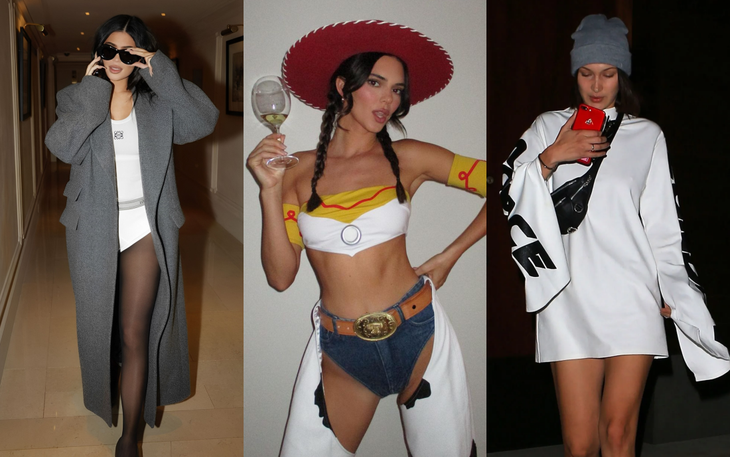
"IT-Girls" like Kylie Jenner, Kendall Jenner, Bella Hadid often promote the no-pants trend - Photo: IGNV
The body positivity movement has also helped to boost the confidence of celebrities in choosing outfits that show off their legs. Not wearing pants has become a way to flatter the figure, especially for those with modest height because it elongates the torso and creates the illusion of longer legs.
Singer Sabrina Carpenter revealed to Vogue that Pharrell Williams - creative director of menswear for Louis Vuitton - advised her not to wear pants at the Met Gala to accentuate her petite figure.
Wearing pants is a threat to male power
Although fashion is often seen as frivolous, the way we dress is in fact closely tied to cultural, economic, and political movements.
Women wearing pants was a long and complicated struggle. In the mid-19th century, the wearing of pants by women in the West – even long underwear like bloomers – was considered unacceptable and a threat to male authority.
The taboo against women wearing trousers lasted for centuries. Even at the turn of the 20th century, it was still considered strange: in 1903, a men’s magazine published a special issue titled “girls in breeches” – referring to women wearing trousers, as if it were something sensational and strange.

This 1896 cartoon by artist William H. Walker (1871-1938) depicts a naval ship with an all-female crew, reflecting the ideological conflicts about gender in the late 19th century - Photo: The Conversation
It wasn't until 2013 that France officially repealed a more than 200-year-old law (though no longer enforced) that stipulated that women could only wear pants with permission from the police.
If the "no pants" trend strikes many as offensive or transgressive, it's because women have spent centuries fighting over how much of their bodies they're allowed to expose.
Women are influenced by foreign fashion trends and choose to dress provocatively, breaking the traditional stereotype. They are often looked at with surprise and judgment by society, because there are still prejudices that some body parts should not be exposed.
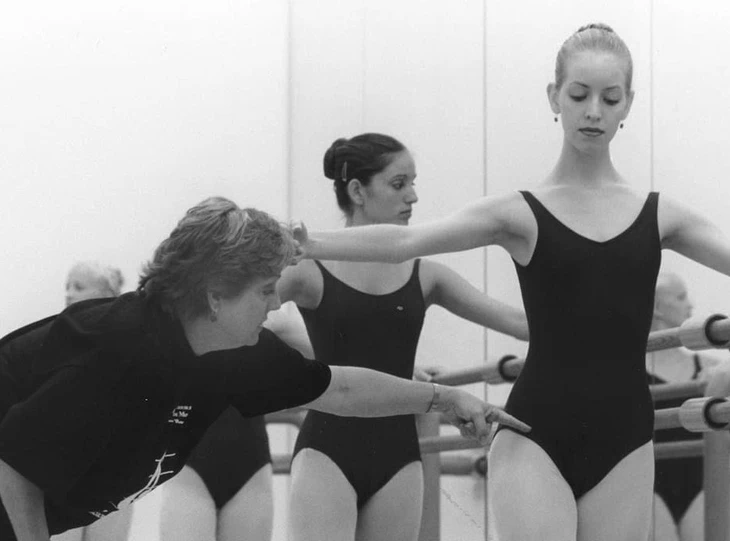
Ballet dancers' practice outfits in the 1950s - Photo: Julie Priolo
The first modern traces of the no-pants movement can be traced back to the emergence of ballet and dance costumes, especially jumpsuits, from the 1950s onwards.
By the 1980s, Jane Fonda's popular fitness videos further promoted images of women in tight, skimpy outfits, helping to pave the way for the wider spread of the trend.
How far will the 'no pants' trend go?
Historically, pants have been a symbol of liberation for women, especially when they took on men’s roles during the two World Wars. So it’s no surprise that pants have become an indispensable part of the modern woman’s wardrobe.
Trends like no pants, however, have had very different paths to emergence. They either spread from runways and celebrities, or emerged from street style or social media.
According to The Conversation , each fashion cycle usually starts with people called “pioneers” and “early adopters” – bold individuals who are willing to experiment before trends are widely accepted, and only about 1 - 2.5% of the population belongs to this pioneering group.

A series of Korean stars such as Lisa, Han So Hee, Huh Yujin (LE SSERAFIM) responded to the "no pants" trend - Photo: Naver
When a trend reaches saturation point—when everyone is wearing it, everyone is seeing it—it starts to lose its appeal. Classic fads can last for up to 10 years, but fads usually last only a year or two before fading away.
With a huge presence at the 2025 Met Gala, the no-pants trend looks set to live on for at least another season. However, it will also slowly fade into mainstream fashion as more and more super short shorts hit the shelves.
In other words, fashion moves in cycles: what is shocking today may become normal tomorrow or forgotten as soon as the novelty wears off.
Source: https://tuoitre.vn/mot-khong-mac-quan-tu-ac-mong-thoi-trang-den-xu-huong-sot-toan-cau-20250515143033241.htm








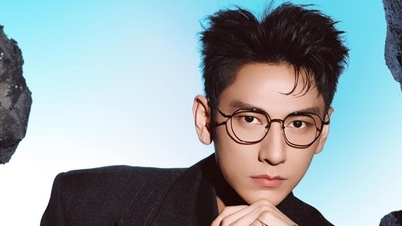

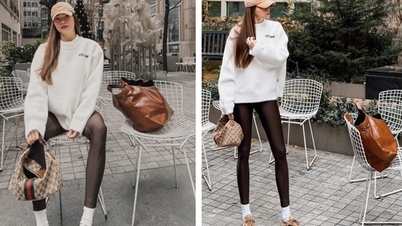





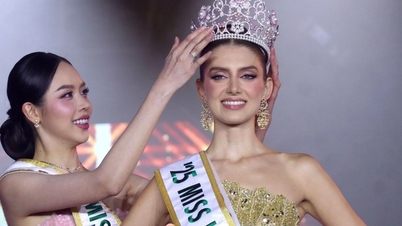




















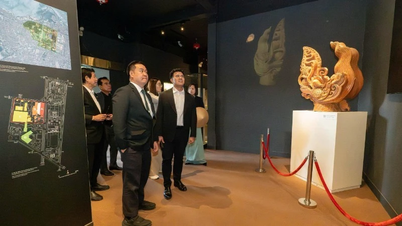








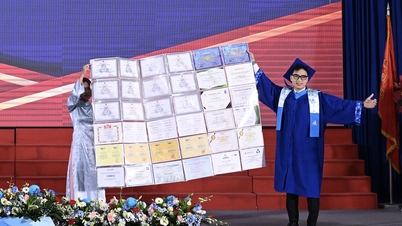











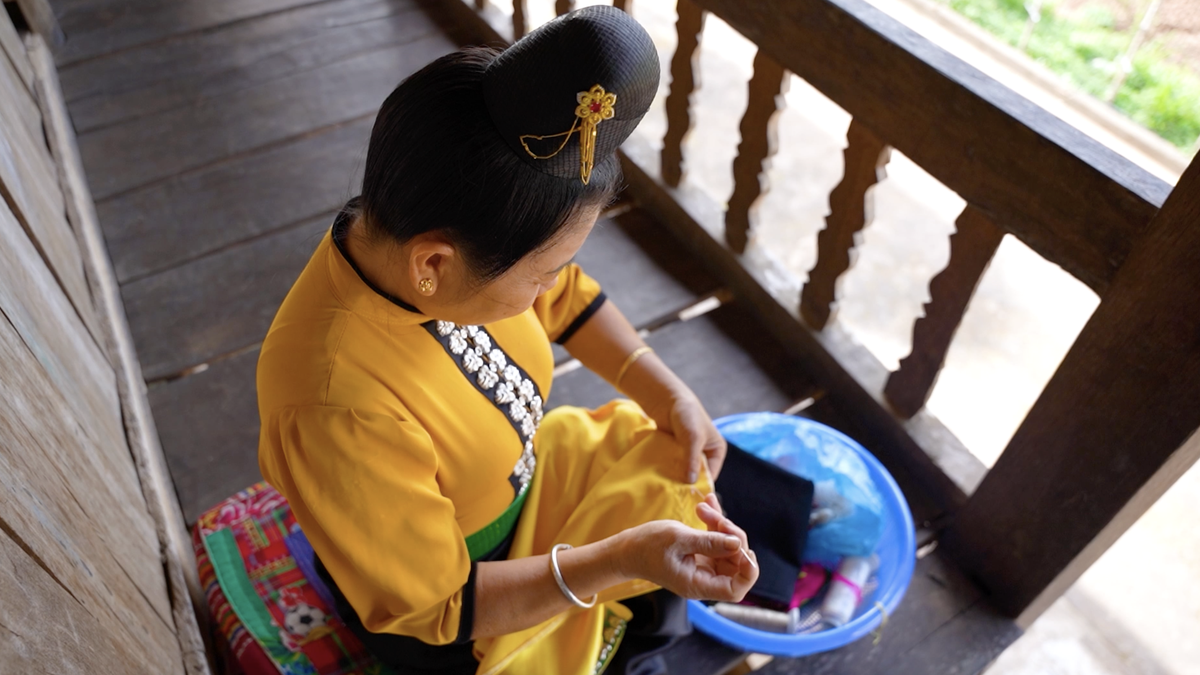






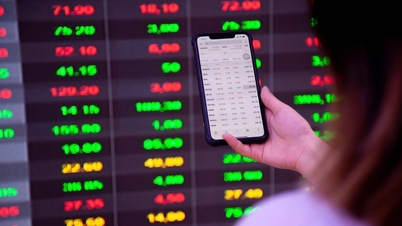



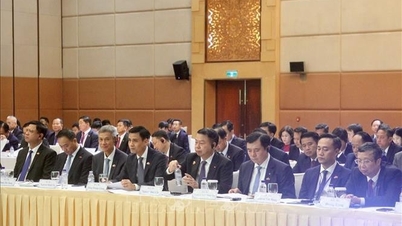






























Comment (0)